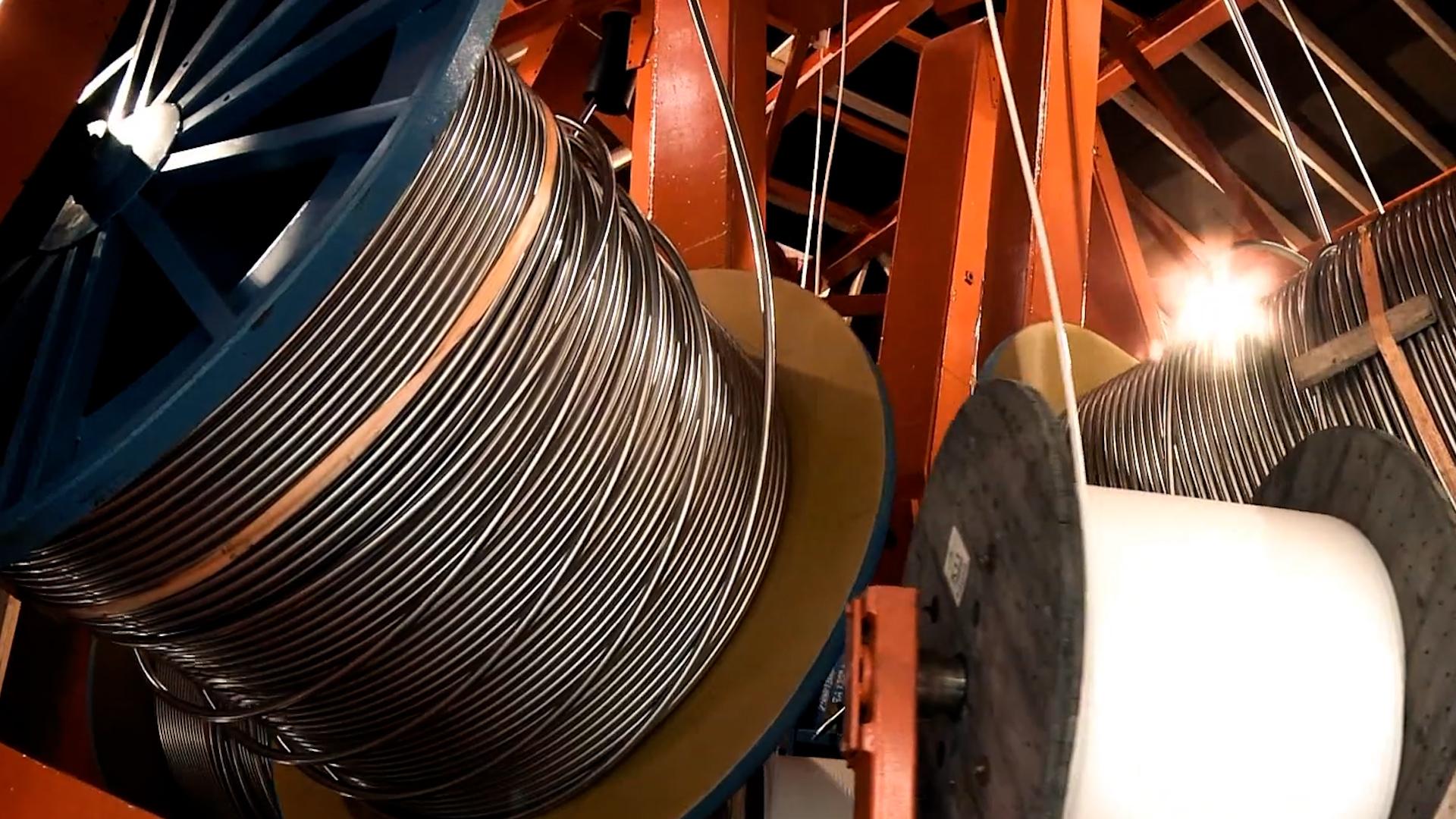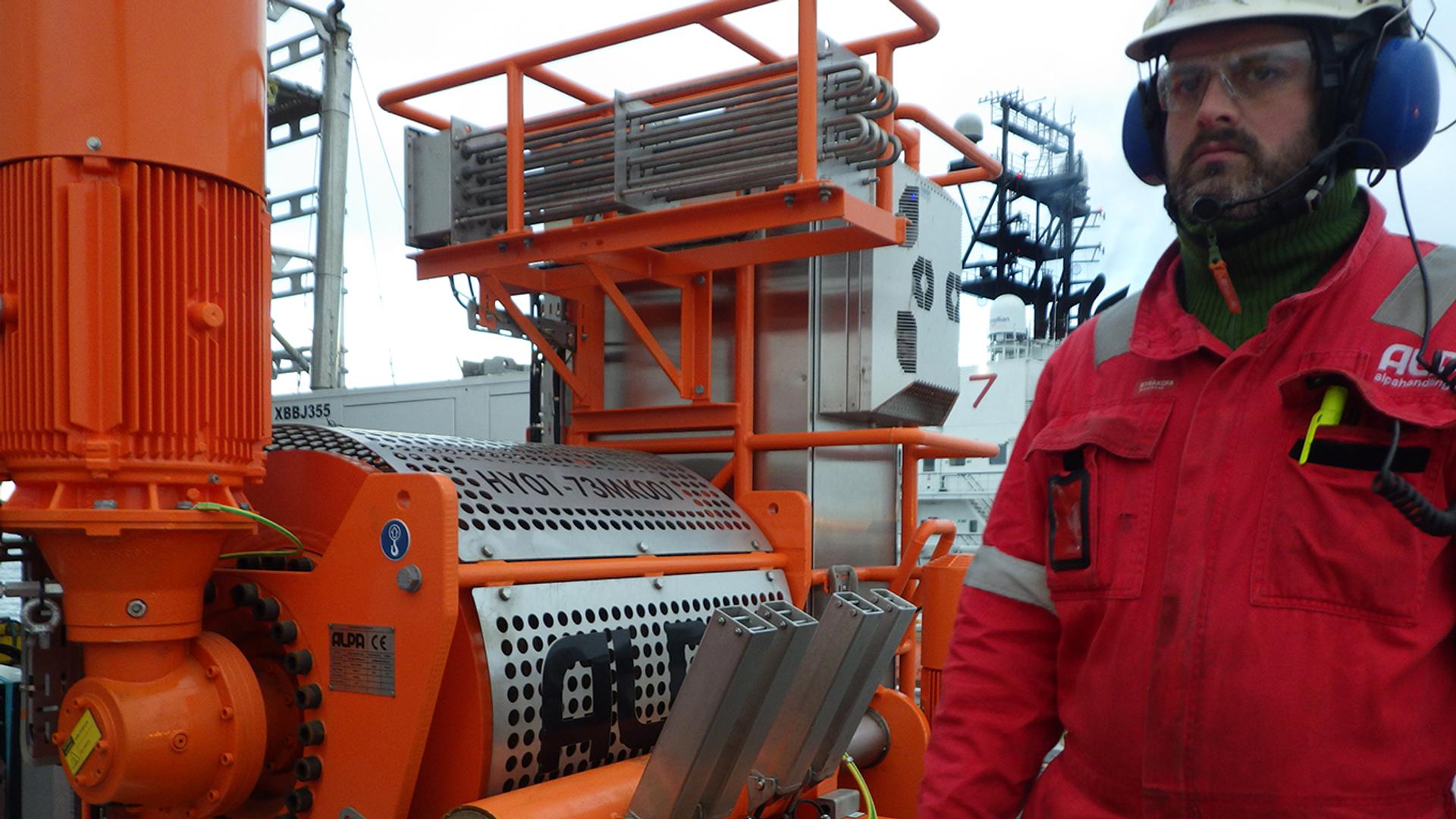
Norway tackles the grid bottleneck in European offshore wind power
Published 10 Apr 2024 (updated 29 Oct 2025) · 4 min read
To achieve the EU’s renewable energy targets for 2030, the entire offshore wind value chain must be expanded. This entails much more than larger, more numerous turbines.
“Even if we have wind power, we need to connect it to the electrical grid. Fortunately Norway has the R&D and robust supply chain to contribute to the further development of the European grid infrastructure”
Sigurd Urdal
Special advisor for offshore wind at Innovation Norway
In its future renewable energy mix, Europe aims to achieve at least 60 GW of offshore wind by 2030 and 300 GW by 2050. But today’s grid infrastructure is so inadequate that it could hinder progress towards these targets. “Every country is currently facing challenges with their grid infrastructure,” states Urdal.
Collaboration is the key
On the bright side, the EU and national governments are starting to recognise that Europe’s electrical grids require a major upgrade – and quickly. This is why the EU presented its Grid Action Plan in November 2023, which seeks to expand, digitalise and better use European power grids.
In addition, industry experts see the need for top-down grid planning, anticipatory investments, proactive management to tackle connection queues and incentives for TSOs and DSOs to optimise the grid.
The key to achieving all this is collaboration, which is Norway’s superpower. Norway has a long tradition of working cross-nationally and cross-sectorally to create synergies. In this case, Norwegian industry, government and academia are working together, formally and informally, to develop innovative grid solutions.

Norwegian R&D takes on the electrical grid challenge
In Norway, the Ocean Grid Project aims to develop new grid solutions for profitable offshore wind development. “Norwegians excel at addressing the big picture, seeing how things are connected, also across academia, industry and government,” explains Urdal.
“Our strengths come together in the Ocean Grid Project, which is finding a bigger solution for cables, substations, subsea stations and the like.”
The vision is to connect offshore wind farms to an offshore grid that will provide a large share of the energy supply in Europe. Norwegian companies will be actively engaged in this project as wind farm developers, operators, and suppliers of technology and solutions.
17 partners in Ocean Grid
Ocean Grid comprises 17 partners, some of the largest and most influential energy players in Norway. Equinor is the project owner with responsibility for overall coordination of activities, while the project board is chaired by Fred. Olsen Seawind.
Comprised of five subprojects, Ocean Grid covers an ambitious range of topics. Offshore grid development, led by Hafslund, will analyse and propose new market designs and associated regulatory frameworks, while a subproject headed by Nexans will develop and produce wet design cables employing a new aluminium alloy.
In another subproject, Aker Solutions will develop subsea substation technology, specifically a 66 kV wet mate connection system, and Aibel will lead the subproject on the world’s first floating HVDC platform. SINTEF will head up Ocean Grid’s collaborative and knowledge-building project, which will conduct open-access research.
Norway excels in offshore cables and cable laying
Cables are a crucial part of well-functioning electrical grids, and here Norwegian cable suppliers continue to enjoy great success. A notable example of this is Nexans Norway, a world leader in cables and cable laying for the offshore wind industry. For over a century, Nexans has provided electrification solutions for high voltage subsea and land power grids.
With sites in Asia, Europe and the US, Nexans supplies HV subsea export cables linking offshore wind farms to land, as well as large subsea and land interconnectors between countries. It also provides solutions for the electrification of offshore installations.
A few years ago, Nexans opened the first high-voltage subsea cable plant in North America to supply the rapidly expanding US offshore wind market. Nexans estimates that it will be able to deliver up to 1 000 km of cables for Ørsted’s offshore wind farms in North America up until 2027.

World’s most advanced cable-laying vessel
Additionally, Nexans has one of the world’s most advanced fleets of cable-laying vessels. These specially-designed ships perform complex cable installation operations in all water depths, connecting offshore wind farms as well as interconnecting islands, countries and continents.
One of these is the Nexans Aurora, a ground-breaking vessel designed for rough weather and high manoeuvrability. The vessel is outfitted for DP3 cable laying, including bundle laying, cable jointing and repair, and cable system protection and trenching.
Delivered in 2021, the vessel was built by Ulstein, a pioneering Norwegian shipbuilder. Now Ulstein has signed a contract with Nexans to construct an upgraded vessel based on the Nexans Aurora, which was designed by Skipsteknisk. When delivered, the vessel is expected to be the most technologically advanced cable-laying vessel in the world.

Norwegian cable provider to deliver to Baltic Sea wind projects
Like Nexans, the Norwegian EPCI provider Seaway7 excels at cable laying for offshore wind, both inter-array grid cables and export cables. Among its many projects, Seaway7 has signed a substantial cable contract with Equinor and Polenergia for two bottom-fixed offshore wind projects in Poland.
The scope of work covers the EPCI of 100 66kV inter-array cables, measuring approximately 200 km in length. The projects, MFW Bałtyk II and MFW Bałtyk III, are the largest and most advanced offshore wind farms being developed in Poland, with a total installed capacity of 1.44 GW. Work will begin in 2026.
In addition to cables, Seaway7 delivers offshore wind services related to offshore substations, wind turbine generator foundations and wind turbines.
“From R&D to industry, we are seeing how Norway’s maritime tradition and decades of offshore experience are strengthening offshore wind development in Europe,” concludes Urdal.
